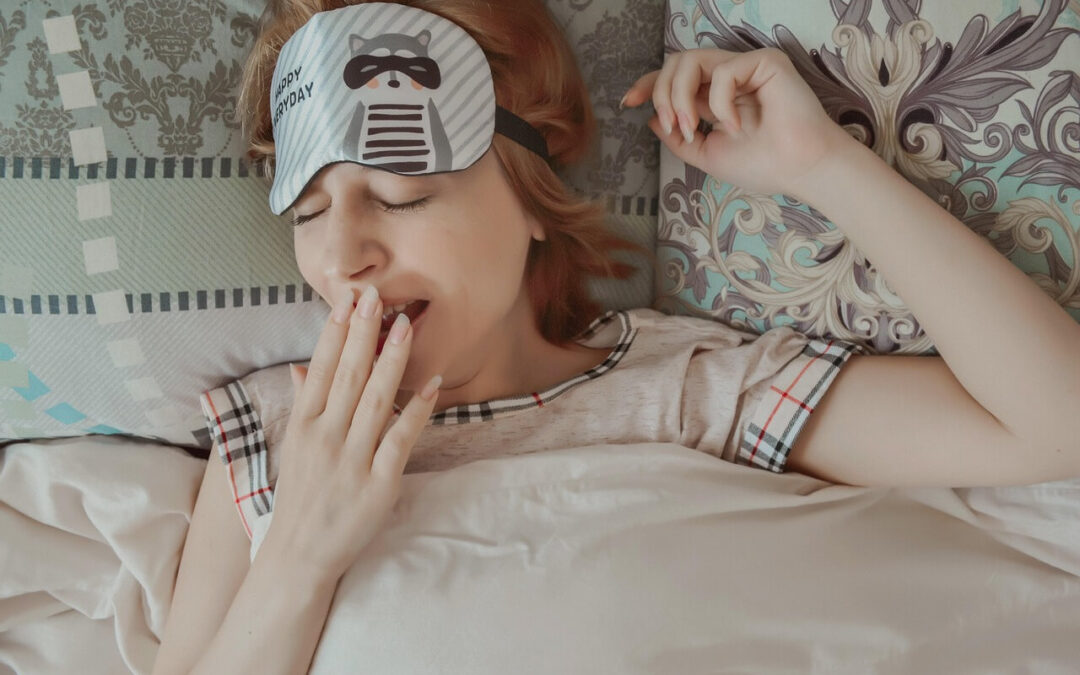What is OMT?
Orofacial Myofunctional Therapy (OMT) is an emerging therapeutic approach that targets the muscles of the face, mouth, and throat to improve oral function and promote better health. The therapy involves exercises designed to strengthen, stretch, and relax the muscles responsible for breathing, swallowing, and speech. While OMT is widely known for its role in addressing issues like tongue thrust, speech delays, and incorrect swallowing patterns, its impact on sleep apnoea and other sleep-related disorders is becoming increasingly recognized in both clinical and research settings.
Sleep apnoea is a condition where a person experiences pauses in breathing during sleep, often caused by obstruction in the upper airway. This can lead to fragmented sleep, daytime fatigue, and even more severe health issues like cardiovascular problems. Traditional treatments for obstructive sleep apnoea (OSA), such as continuous positive airway pressure (CPAP) therapy, are very effective but do not fit everyone’s lifestyle. Recent studies have highlighted the role of OMT in addressing the underlying causes of the condition, and the format of a home exercise program makes it highly accessible.
OMT focuses on exercises that strengthen the muscles of the airway, including the tongue, soft palate, and pharyngeal muscles. These exercises are designed to prevent airway collapse during sleep by improving muscle tone and coordination. Research suggests that OMT can lead to reductions in the severity of OSA, particularly in mild to moderate cases. A study published in Sleep and Breathing (2016) found that OMT interventions led to improvements in the severity of sleep apnoea, with some patients experiencing significant reductions in the number of apnoeic events per hour.
How does it work?
By improving muscle tone and functional coordination, OMT can help alleviate the airway obstruction that characterizes sleep apnoea, potentially reducing the need for more invasive treatments and enhancing overall sleep quality. The current guidelines recommend a 12 week exercise program of daily exercises with 5 semi-regular sessions with a therapist during this time to maximise the potential benefits of OMT in relation to sleep apnoea.
Beyond sleep apnoea, OMT has shown promise in treating other sleep disorders, such as snoring, bruxism (teeth grinding), and restless leg syndrome. For instance, strengthening the tongue and throat muscles can reduce snoring by preventing the tongue from collapsing backward during sleep, a common cause of snoring. Additionally, OMT’s focus on jaw posture and alignment can help address issues like bruxism, which often exacerbates sleep disruptions.
OMT can also contribute to the regulation of the autonomic nervous system, which controls bodily functions such as heart rate and respiratory rate during sleep. Properly trained orofacial muscles play a role in stabilizing these systems, which can lead to more restful and restorative sleep.
Who should I see?
Orofacial Myofunctional Therapy is closely aligned with physiotherapy practices, particularly in the context of muscle rehabilitation. Physiotherapists often work with patients to improve posture, strengthen muscles, and address dysfunction in the musculoskeletal system. In a similar way, OMT practitioners use targeted exercises to correct oral and facial muscle imbalances, which may contribute to conditions such as OSA or chronic pain related to sleep disorders.
The integration of OMT with physiotherapy is particularly beneficial for individuals who may have coexisting musculoskeletal issues, such as poor posture or jaw misalignment, that contribute to their sleep-related problems. Physiotherapists with specialized training in OMT can provide a holistic approach to treatment, addressing both the musculoskeletal and myofunctional causes of sleep disturbances.
Orofacial Myofunctional Therapy offers a promising, non-invasive treatment option for those suffering from sleep apnoea, sleep disorders, and related conditions. By strengthening and coordinating the muscles of the face, mouth, and throat, OMT can improve sleep quality and overall health, providing a complementary treatment to physiotherapy. With continued research and clinical application, OMT may become an integral part of managing sleep-related health concerns.
At Southside Physio we are able to offer OMT suited to your individual needs. If you have further questions regarding this service please email nia@sspg.com.au, if you are ready to book today please give us a call on (02) 6282 5010.
References
- Alhamad, H., & Clark, G. T. (2016). The role of myofunctional therapy in the management of obstructive sleep apnoea. Sleep and Breathing, 20(3), 849-857. (https://pmc.ncbi.nlm.nih.gov/articles/PMC8306407/)
- Figueroa, C. A., & De Souza, M. A. (2020). Orofacial myofunctional therapy: A review of its impact on oral health and sleep quality. International Journal of Physiotherapy, 3(4), 35-41. (https://pmc.ncbi.nlm.nih.gov/articles/PMC10136844/)
- Fernandes, F. A., & Almeida, A. P. (2018). Myofunctional therapy in the treatment of obstructive sleep apnoea: Evidence and future perspectives. Journal of Physiotherapy Research, 25(2), 75-81. (https://pmc.ncbi.nlm.nih.gov/articles/PMC4402674/)

